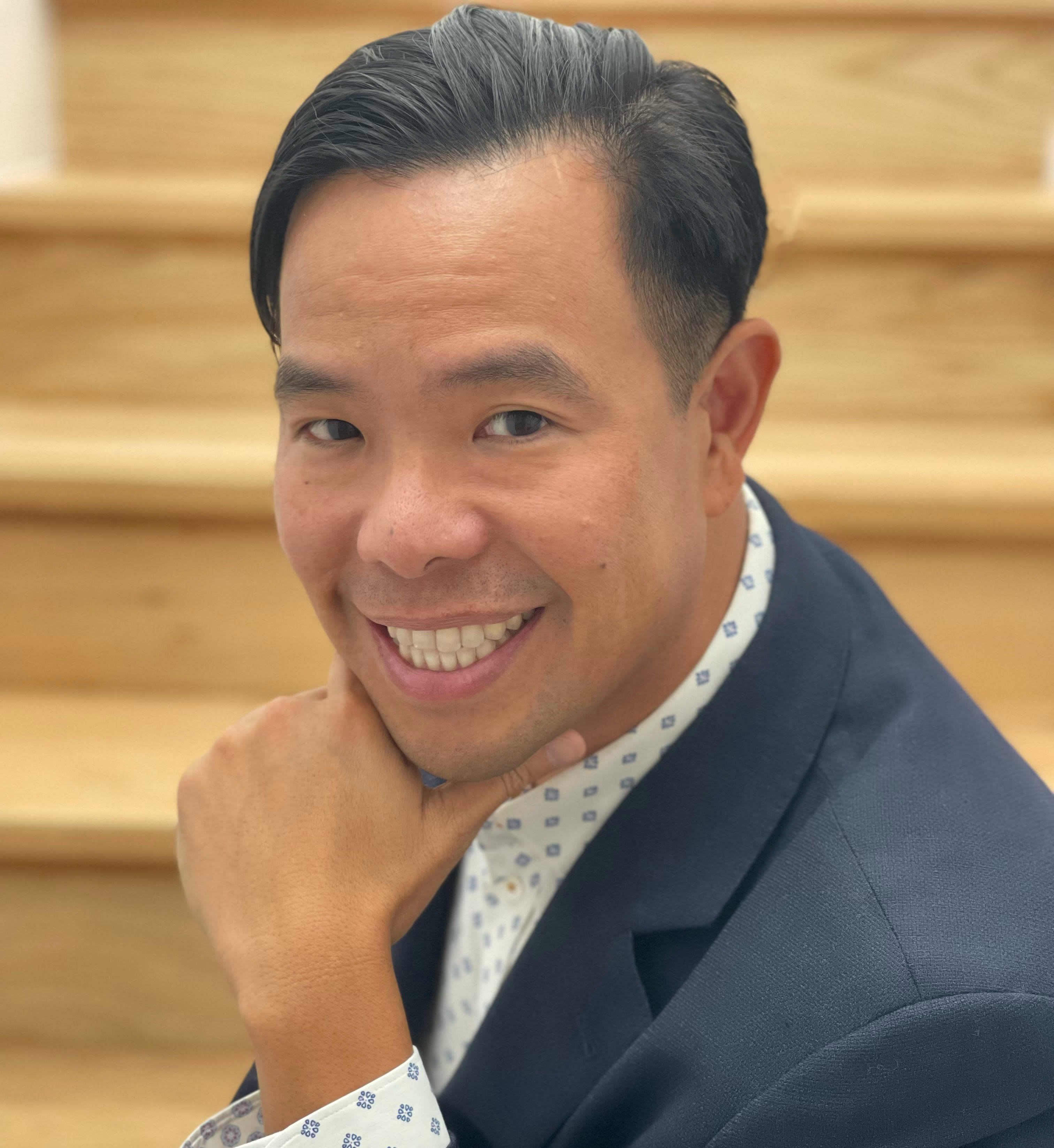Self-made millionaire who retired at 34: This is the biggest mistake early retirees make
7 min read
If you’re hoping to retire early, you’re going to have to do quite a bit of math.
Those in the FIRE movement, which is all about attaining financial independence so that they can retire early, aim to save and invest large portions of their salary in early on in order to have enough money to leave the workforce decades before Americans typically can.
Under a common model, would-be early retirees calculate that they can safely withdraw 4% of the value of their portfolio per year in perpetuity. Growth in their investments would keep them from running out of money.
You can retire, the thinking goes, when you hit your so-called FIRE number. To find that figure, multiply the annual income you think you’ll need in retirement by 25. For example, someone who plans withdraw $40,000 a year to live on in retirement, can multiply by 25 to learn that they’ll need $1 million to retire.
Those who reach a level known as “Coast FIRE” take the projection a step further by assuming market returns will eventually propel their portfolio to their FIRE number in the future.
In doing so, these people are making the biggest mistake early retirees make, says Sam Dogen, founder of Financial Samurai and one of the prominent early voices of the FIRE movement. Chiefly, they’re not taking into account that life could look drastically different between now and the years they plan to live on withdrawals from their accounts.
Dogen learned from firsthand experience. He retired in 2012 at age 34 with about $80,000 in annual passive income. That was enough, he thought, to fund a modest life for he and his wife on a fruit farm in Hawai’i.
Those plans changed dramatically over the years. Dogen, who now lives with his wife and two children in San Francisco, estimates his expenses at about $264,000 a year. In 2023, his investments in stocks, bonds and real estate generated $380,000 in passive income. In another twist, after selling income-producing assets to buy a multimillion-dollar house in cash last year, he’s heading back to work.
CNBC Make It caught up with the now 46-year-old to chat about FIRE, planning for the future and the need to build adaptability into financial plans.
Make It: You had $80,000 a year in passive income when you left your job in 2012. Was the plan to live on that for the rest of your life? What was the vision?
The vision was having enough to be comfortable living on until my wife joined me three years later. I was 34 and she was 31 at the time, and I was honestly not 100% sure whether this was the right move to leave at 34.
What helped me get over the edge: The No. 1 catalyst was to negotiate a severance package that paid for five years of basic living expenses.
My first rule of FIRE was to generate enough passive income to cover your living expenses. Otherwise, you’re not financially independent.
My second rule of FIRE, which I don’t think is really caught on because I think it requires courage and confrontation, is to negotiate a severance package. Because if you’re going to quit your job anyway to retire early, there’s no downside and trying to negotiate a severance package.
My first rule of FIRE was to generate enough passive income to cover your living expenses. Otherwise, you’re not financially independent.
Sam Dogen
Founder, Financial Samurai
The idea was to live on $80,000 and see how it goes. Three years later, maybe my wife could join me and negotiate a severance package of her own. My hope was, OK, we generate at least $100,000 after three years when she leaves as well, because there’s two of us to pay for now. Because we gotta pay for for health insurance and just day-to-day life.
And, yeah, that was it. Just us two in Hawai’i when it was cheaper. My grandfather had a fruit farm that he needed workers to tend to the mango trees. And our goal is to live a really simple life on the fruit farm in Hawai’i.
People in the FIRE movement talk about hitting an amount of money they can live on forever, but obviously those projections can change. How did they change for you?
It’s funny, I think most parents who have children, especially their first child, is their desire to provide and earn and shelter goes way up. It’s like, suddenly, we were trying to be better people. We stop smoking, we start exercising, we work harder, we’re nicer to people. And that happened to me in 2017. I was like, all right, time to do it.
If you have a day job, at least you feel like you’re a steady income provider, you have health care. Insurance: It’s like a default. But if you don’t have that steady day job, there’s more pressure to provide.
I started thinking maybe I should get a day job, but then I stopped myself. I’d rather try to spend as much time with my kid for the first five years before they go to school full time, or at least for the first three years before they go to preschool.
And then we had our second in 2019, and all those feelings emerged again.
So, a totally different financial picture. You had a lot more work to do to continue to be financially independent.
It’s one of the real warnings I have, and this is why I think Coast FIRE is not wise. It’s really kind of a coping mechanism where it helps you feel better about your progress. But you’re clearly not financially independent.
You’re relying on so many variables to get it right by the time you reach traditional retirement age: your return variable, how much you need, inflation.
If you do Coast FIRE, it might force one partner to be in an suboptimal situation, where one has to work and provide health care and insurance and whereas the other one is supposedly retired early, and chilling.
The other thing is, it may prevent you from actually considering having kids, a lot of times. I mean, having kids is individual choice, but if one partner wants kids, and the other one is like dead set on Coast FIRE, there can be a huge conflict there.
And then once you have kids, I think you’ll feel like you didn’t work hard enough to save and invest for your future.
What are people who are participating in that sort of strategy overlooking?
For Coast FIRE in particular, there are too many variables left up to chance. We’re already trying to guess the amount we need to achieve financial independence: You multiply your expenses by 25 times. (Personally, I like to times our average gross income by 15 to 20. I think it’s more honest.) [Plus] they gotta guess what the annual rate of return is for 20 years, for example. You don’t know. You gotta guess what inflation is for forever. It’s too many variables.
When you leave too many variables up to chance, I think you inevitably hurt yourself in the future.
It just doesn’t make sense to say, “Well, if I save $350,000, by age 45, and I don’t invest anything for the next 20 years, I’ll get to my million dollars at 65.” It’s just not wise.
When you leave too many variables up to chance, I think you inevitably hurt yourself in the future.
Sam Dogen
Founder, Financial Samurai
Whether you’re Coast FIRE or relying on the 4% rule, you’re still making a big projection about a future with a lot of moving parts. How do you build dynamism into your plan?
You also don’t want to leave so much to chance that by the time you get to a certain age, you realize you don’t have enough. This is super, super important.
With FIRE, I think it’s important to you have your projections, and you hopefully have your blue sky, which is aggressive projections; a realistic scenario; and you have conservative scenario. And you want to make sure that you can push yourself to get to that conservative scenario, whether it’s accumulating more for your net worth, or living off less in passive income.
I would recommend whatever is your projection, you want to surpass your projections by like 20%.
Those projections should take into account that whatever you’re spending now isn’t likely to stay steady, right?
People make this really basic mistake. They project out the growth of their investments using a return rate of 5%, 6%, 7%, 8%, right? So $333,000 gets to a million in 20 years based on 6%.
But then the most common mistake people do is they don’t project out their expenses properly. They say [they can live on] $40,000 now, but 20 years from now, based on an inflation rate of 4%, you know, that that’s probably like $70,000.
What do you see as the biggest mistake people in the FIRE community make?
The biggest mistake is miscalculating your future expenses, your future, your future self, and how you’ll be living.
I would say whatever you imagine your future to be like will more than likely not be what your future will be like. Your expenses will change. Your desires will change. Maybe you might have more people to take care of.
FIRE is a very individualistic thing. But are you thinking about your parents or your partner’s parents, or their relatives or your potential children? It blows a lot of your future assumptions out the window.
This interview has been edited for brevity and clarity.
Want to make extra money outside of your day job? Sign up for CNBC’s new online course How to Earn Passive Income Online to learn about common passive income streams, tips to get started and real-life success stories. Register today and save 50% with discount code EARLYBIRD.
Plus, sign up for CNBC Make It’s newsletter to get tips and tricks for success at work, with money and in life.
Discover more from Slow Travel News
Subscribe to get the latest posts sent to your email.



